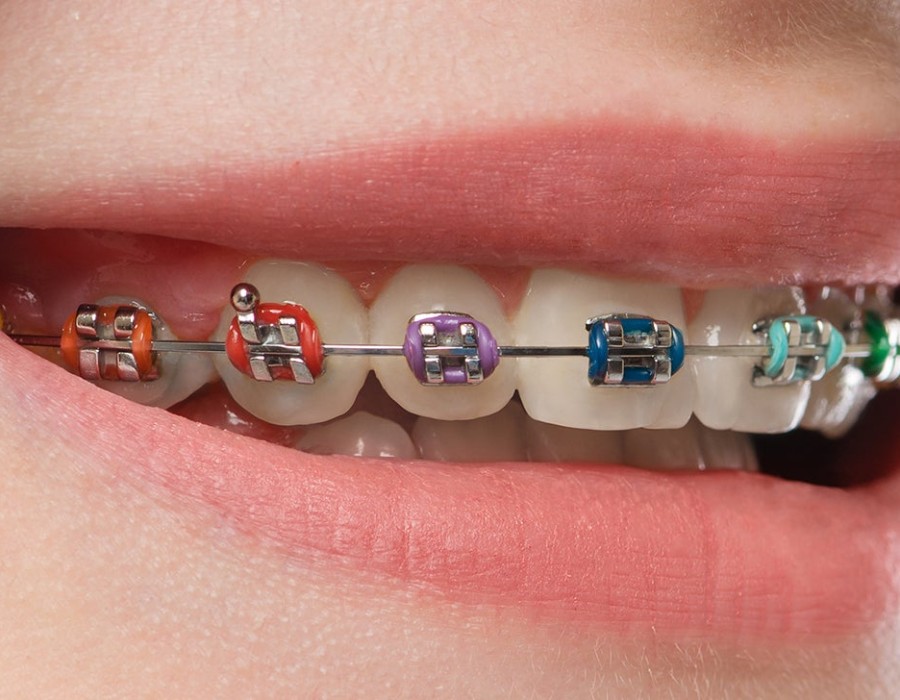With the rise of modern orthodontic innovations like clear aligners and ceramic braces, many patients wonder, are metal braces still effective in 2025? The short answer is yes. Despite technological advancements, traditional metal braces remain one of the most reliable and efficient methods for correcting a wide range of dental issues. In fact, improvements in materials and treatment planning have made Metal Braces even more effective today than in past decades, making them a strong choice for both adolescents and adults seeking comprehensive orthodontic care.
Advances in Metal Braces Technology:
Metal braces in 2025 are more advanced than ever before. Orthodontists now use cutting-edge digital imaging and 3D treatment planning to enhance accuracy and reduce treatment time.
- Brackets are now smaller, smoother, and more comfortable than older versions
- Heat-activated archwires respond to body temperature, applying consistent pressure over time
- Smart brackets with sensors are emerging to monitor progress in real-time
- Treatment can be more precisely customized to individual bite and alignment needs
- Faster bonding techniques reduce chair time during placement and adjustments
These enhancements have kept metal braces highly competitive in modern orthodontics.
Why Metal Braces Remain a Preferred Choice?
Even with newer options on the market, metal braces continue to be widely chosen by orthodontists and patients alike for their proven success and versatility.
- Ideal for treating complex cases, such as severe overcrowding or jaw misalignment
- Provide precise control over tooth movement
- More affordable than many alternative options like clear aligners
- Suitable for children, teens, and adults regardless of the severity of the issue
- Patients can choose colored bands for a more personalized, fun appearance
Metal braces remain a trusted and accessible solution in 2025 due to their unmatched performance across diverse cases.
How Metal Braces Compare to Other Treatments Today?
In today’s orthodontic landscape, patients have several treatment choices, but metal braces often outperform alternatives in specific situations.
- Clear aligners are discreet but may not work as effectively for complicated tooth movements
- Ceramic braces offer aesthetics but are more fragile and often more expensive
- Lingual braces are hidden behind teeth but can cause more discomfort and require higher maintenance
- Metal braces are durable, less prone to damage, and don’t rely on patient compliance as much as removable options do
- For predictable, full-mouth correction, metal braces remain the gold standard
While other systems offer cosmetic or convenience advantages, metal braces deliver reliable outcomes.
Maintaining and Living with Metal Braces in 2025:
Living with Metal Braces Treatment has become easier thanks to better materials and more orthodontic education on proper care.
- Use orthodontic brushes or water flossers to clean around brackets and wires
- Avoid sticky, hard, or chewy foods that can damage braces or delay progress
- Attend regular check-ups for timely wire adjustments and oral hygiene assessments
- Pain and discomfort have been reduced with modern lighter-force wires
- Digital apps help track appointments, progress, and even alert users to missed care steps
These improvements contribute to smoother day-to-day experiences for braces wearers.
Final Thoughts: Still a Smart Investment
So, are metal braces still effective in 2025? Absolutely. With enhanced technology, greater comfort, and a solid track record of successful treatments, metal braces remain a wise orthodontic investment.
- They correct even the most complex dental problems with predictable outcomes
- Their affordability makes them accessible to a wider range of patients
- New designs have made them more aesthetic and less intrusive than before
- They continue to be the go-to option for orthodontists seeking optimal control
- With proper care and guidance, metal braces lead to lasting, confident smiles
In 2025 and beyond, metal braces hold their place as a reliable and effective solution in the world of orthodontics.





Comments